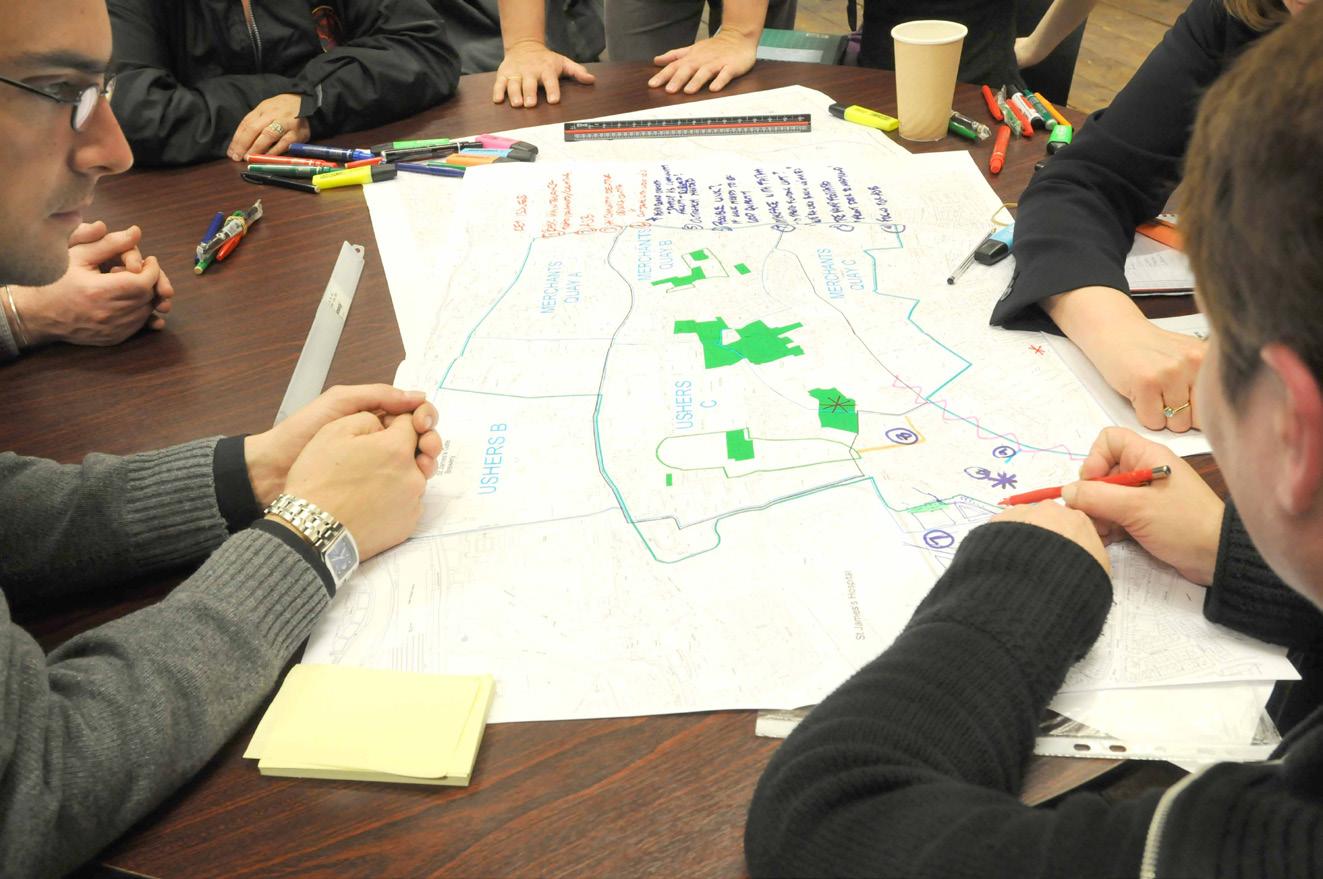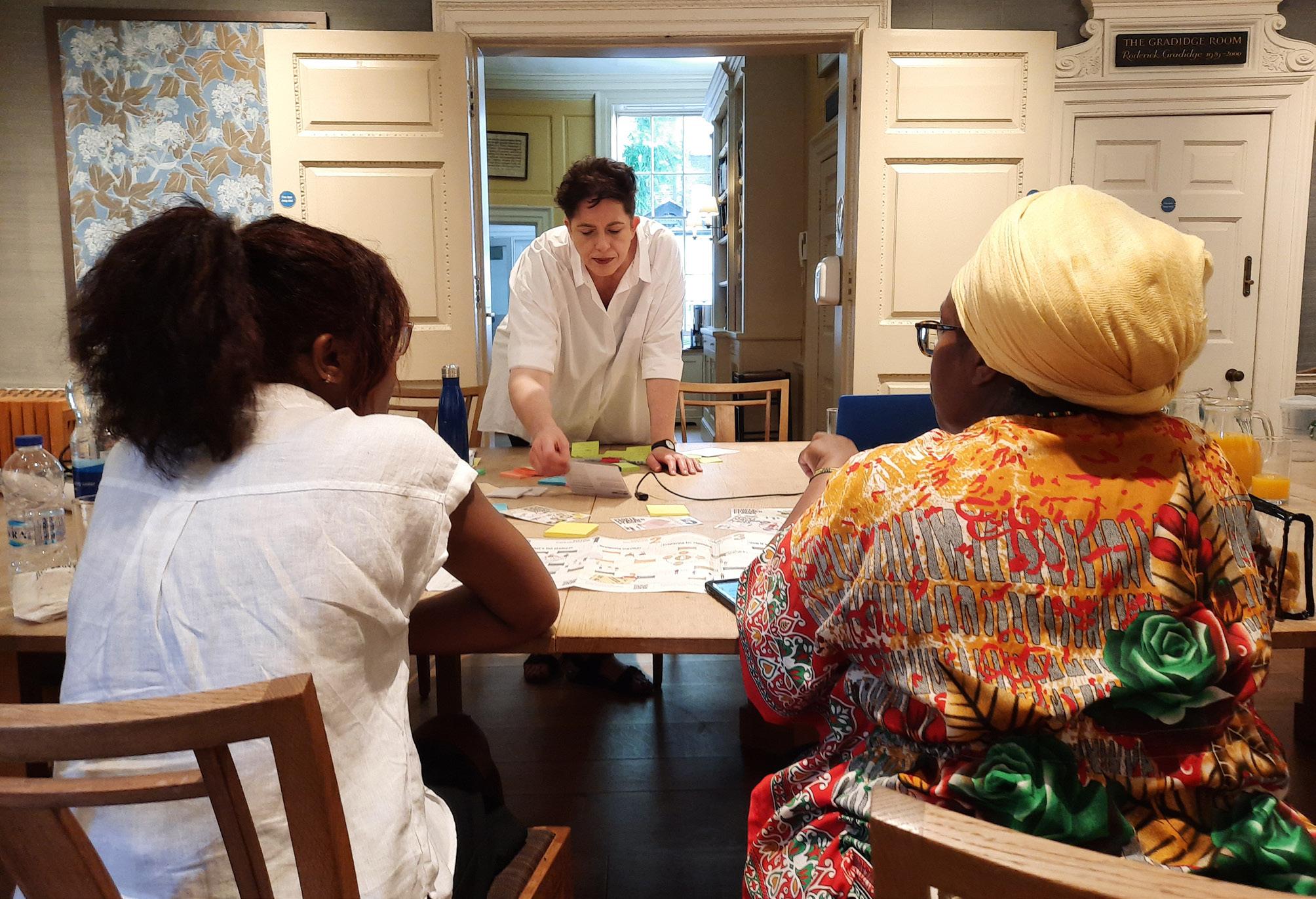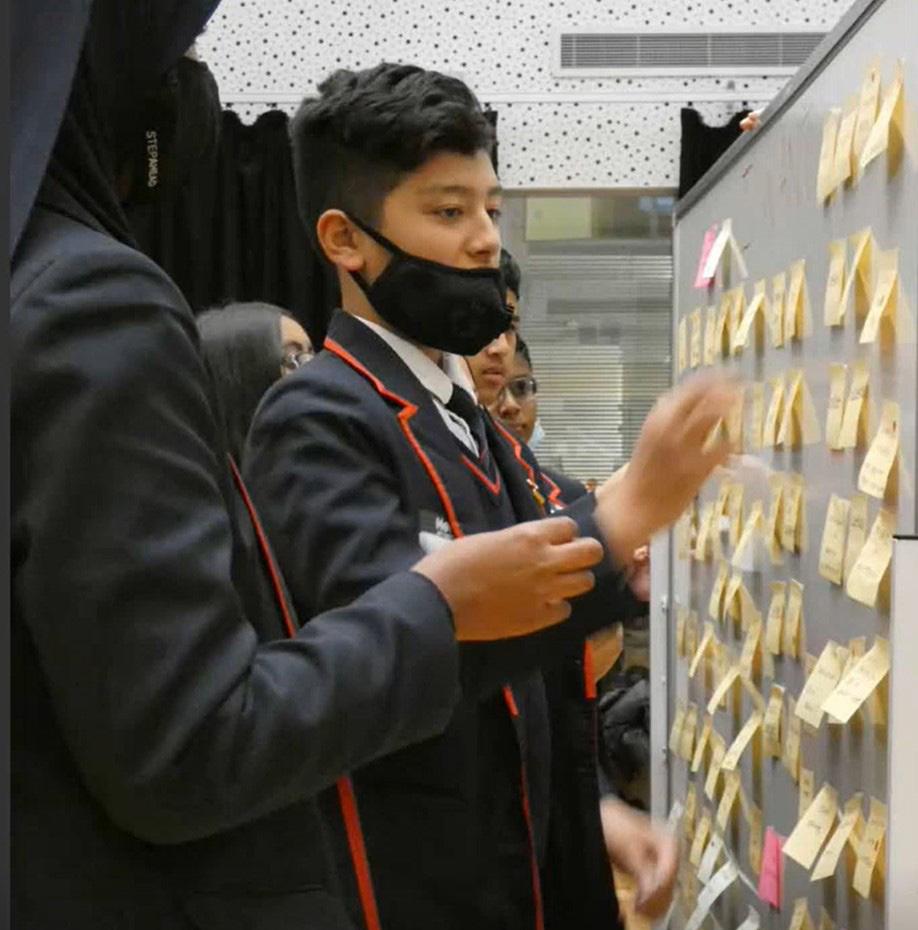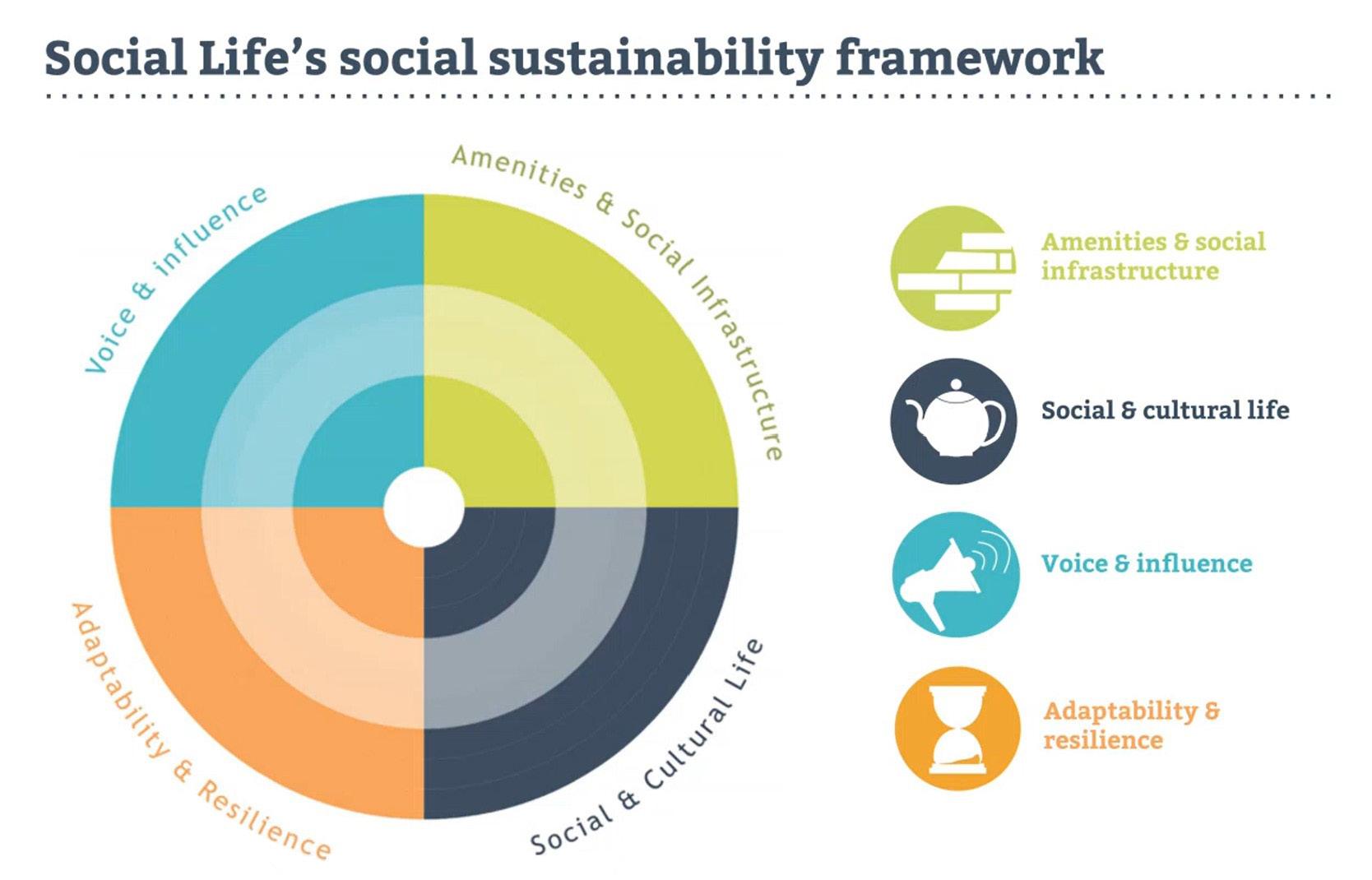
4 minute read
Workshop Takeaway : Increasing financial transparency, fostering trust
Socio-spatial consequences of viability Disconnect between people and economic models
Advertisement
• Scrutinising inputs of a viability model can expose how developments evolve, including increasing property prices, and the rising cost of land construction and finance. • Efficiencies in design, construction, and cost define pro forma volume house building: design becomes preoccupied with balancing space standards and planning policy. • Viability modelling can result in increasing numbers of tall buildings, value engineering (where material quality may be lowered), and social housing demolished. It can be used to justify controversial decisions in developments. • There is a lack of citizen understanding of development-led city-making. • Consultations usually engage with people towards design but rarely touch on the fundamentals of the development process, such as questions relating to finance or economics. • There are reservations from both public and private sector about including citizens in financial conversations. • Some planning obligations (e.g., affordable housing) do not generate high returns, outweighed by construction costs, while developers perceive some uses as spatial opportunity cost (e.g., nursery or community centre).
Acknowledging local people’s financial capabilities
• The general public is very capable of understanding viability constraints. There are similarities to how we manage household finances, which does not differ too fundamentally from an earlystage development appraisal, although more complicated and involving larger figures. • People should be given trust to make financial decisions, whilst being informed and encouraged to understand what is achievable. • This involves giving people the opportunity to respond creatively to economic constraints, acclimatising them to the different factors involved in the process.
Left: Image from economic value event. Image provided by Gemma Holyoak and Michael Kennedy
Economic Value workshop: 11th November 2021
Chair: Dhruv Sookhoo & Ava Lynam, Metropolitan Workshop
Presentations: VisualisingViability Gemma Holyoak and Michael Kennedy, MEAD Fellows
Community-ledDesignMethodologies: MarmaladeLaneandBallyraggetTownEcologies Andrea Doyle, Metropolitan Workshop
Increasing financial transparency, fostering trust
• People should have the right to clarity on how public funding is spent. • More transparency in the development process avoids broken promises and increases trust when changes might be required later in the project. • Raising awareness about what realistically can and can’t be provided by a development allows residents to better understand the constraints of a project and the reasons why certain things are not viable. • Explain development economics in straightforward terms, establish financial principles from the beginning of a project, and be upfront about costs and constraints. • Fostering trust around financial decisions takes time, but committing to it can win unexpected support.
Life cycle costing
• Whole life cycle costing is crucial to consider in addition to initial construction cost, yet it is often overlooked. • In community-led projects, the data to understand life cycle costs of a project gives us significant insights into how the building is used by the inhabitants for their everyday lives, and can inform future financial decisions. • Post Occupancy Evaluations are critical in understanding and communicating the economics of existing buildings between different stakeholders.
Methodological approaches to communicating economic value
• Gemma and Michael’s
‘Visualising Viability’ game attempts to make the viability process accessible and open up conversations between different stakeholders. It uses different scenarios to show the multiple factors at play when trying to match the cost of development (construction costs, land costs, professional fees, surveys, legal fees, etc.) with the budget. • The game illustrates the pushand-pull of viability and the trade-offs involved, with the aim of facilitating conversation surrounding these aspects and managing expectations. • Establishing a community group or resident’s engagement panel early on in the process can also help to mediate financial decisions alongside architects, residents, developers, and council, and opens up discussions around viability to residents at a strategic level. • Open source financial spreadsheets are another approach to make the complexity of viability models, and the relationships between different factors, transparent to communities.
Emerging questions
In what ways can developments be used to pay for social infrastructure and public goods in a local area? How can we communicate changes or amendments as a result of financial constraints to residents and communities? How can we manage differences in financial expectations, desires, and needs between diverse groups of residents?
Alternative financial approaches
• The notion that economic value derived from land should be a shared asset opens up many possibilities of what can be built when land cost is not a constraint. • As an alternative approach to financing housing developments, community
land trusts can secure sites at a subsidised rate. • One example is Marmalade
Lane, a co-housing project in
Cambridge designed by Mole
Architects providing 42 homes. • As the first developer-led co-housing model in the UK, an innovative approach was taken with the shared land, where each person owned their individual house. Through these sales, the developer was able to pay back land costs incrementally, and also resulted in diverse housing typologies with resident choice of plot, shell, interior and finishing.

The Visualising Viability’ game aims to make the viability process more easily understandable. Image provided by Gemma Holyoak and Michael Kennedy.






